There’s a bit of controversy in the spirits business. Okay, there’s quite a bit, actually, but I’d like to touch on a specific point. There’s a grey cloud that hovers over a certain concept and it’s widely looked down upon, especially in America. It’s the term ‘sourced’ product. If you’re unfamiliar with this phrase, a sourced spirit basically means that the brand on the label didn’t make the alcohol themselves. There are varying ways a company can source a product, but the easiest way to explain it is that someone distills a spirit, your company buys it from them, you put your own label on it, mark it up in price to sell to consumers and collect the profits. Essentially, you have very low overhead because you don’t own a distillery or warehouses and there’s no need to invest in upkeep, staff, or much of anything in terms of production. In America, we hear a lot about sourced whiskey and usually it’s accompanied by negative reactions. And it makes sense as to why. How would you feel if you found out that your favorite bourbon with its fabulous story about the history of the brand coming from an old recipe that so-and-so’s grandfather created in 1898 was just a story and nothing more? In fact, it comes from a mass production facility in the middle of Indiana. Oh yeah, and it’s the exact same recipe as 10 other bourbons on the market that also get their product from the same distillery. You see how that doesn’t sound very appealing? All the storytelling and pictures painted slip right down the drain. There have even been brands that have tried to legally hide where the spirit comes from so no one finds out. Granted, they’ve all failed at doing so, but they try nonetheless.
When it comes down to it, sourcing doesn’t have to be bad. A lot of brands that start out sourcing product eventually do build and open their own distillery. In case you didn’t know, you need a ton of money to build a distillery and warehouses (if you’ll be aging your product) and maintain it all. I feel that if that’s the end goal and you just need help getting on your feet, sourcing can be great and there are many whiskey brands that have successfully done this such as Micther’s and Angel’s Envy. So, why bring this up when discussing Cognac? Simple. The vast majority of Cognac produced today isn’t actually distilled by the house on the label.
Now hold on! Let me stop you for a moment before you get all fussy. It’s not quite in the same realm as a sourced American whiskey, but they share some similar points. From the Big 4 all the way down to the most highly respected small houses, sourcing wine, raw eau-de-vie, or even fully aged Cognac (though this is much rarer) is commonplace in the Cognac AOC. This certainly isn’t to say that no one is distilling their own product. That’s not even close to the case. Frapin, Jean Luc Pasquet, and Février, to name a few, handle absolutely everything from vine to glass and only distill wine made from grapes they own. And then there are brands like Park and Camus who distill their own wine from the vineyards they own, but it only makes up a small percentage of their entire yearly output. Therefore, they must source the rest of what they need. For a more specific example, Hine owns 70 hectares of vineyards in Grande Champagne, but that only produces roughly 30% of the wine they need to meet their annual numbers. What does that mean? Hine needs to source the remaining 70% of wine from elsewhere. In America, sourced product might be looked down upon, but in Cognac no one bats an eye at it. I would even argue that sourcing the grapes can be highly beneficial in a lot of ways. Let’s look at a few examples of how sourcing in the Cognac AOC is good by discussing three major advantages: quality of the product purchased, job security, and environmental preservation.
The most important part of the conversation around sourcing in Cognac is first to talk about who the houses are buying their eau-de-vie from. In the end, if what you pour into your glass isn’t made by the house itself, then who’s producing it? The Indiana distillery supplying so much bourbon and rye to America is essentially a giant warehouse with stills pumping out spirit 24/7 in an industrial manner. That’s not very alluring. However, in Cognac that just doesn’t exist. What does exist, according to the BNIC, are around 110 independent distillers and co-ops. The individuals that houses buy eau-de-vie from are called Bouilleur de Cru or Bouilleurs de Profession. The Bouilleur de Cru are individuals that own vineyards and grow grapes. When the grapes are ready for harvest, they ferment the wine and distill it themselves. The Bouilleurs de Profession don’t grow anything themselves and just buy the wine from growers who don’t have the capability to distill and they distill it themselves. In both instances, the final product is then sold to a Négociant whom works for a specific house and they use it as they see fit either in blends or, if it’s of particularly great quality, in a special bottling. It’s pretty common that the Bouilleur de Cru or Bouilleurs de Profession own just one still and do it all slowly in small batches. All of the people involved in this are farmers or distillers or both. They (usually) don’t have their own brand, but instead sell their eaux-de-vie to anyone who doesn’t have distillation capabilities or needs more product to meet their annual needs. This has been going on since the 1700’s when Cognac first became an industry. The buying and selling of eau-de-vie has a history as long as brandy itself.
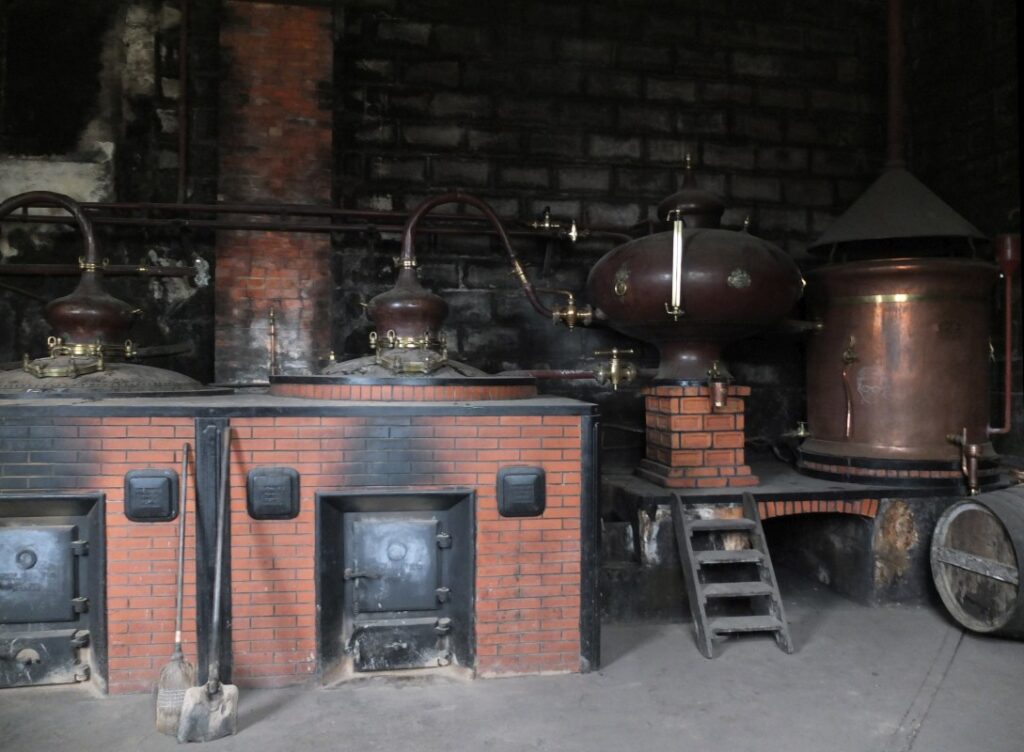
So, why would you want to buy anything from these farmers and distillers? Well, because they’re professionals. And let me go one step further with that. Most of them have spent their entire lives learning how to distill their grapes. Their parents, grandparents, and great-grandparents have passed down their knowledge to them on what needs to be done for their specific vineyards in the cru in which they grow. Yes, the Cognac AOC has strict rules that everyone must follow when it comes to distillation, but there is a little bit of wiggle room. When do you cut the heads? Do you use the lees? If so, how much of them? Is a wine from Grande Champagne distilled the same way as a Fin Bois? Technically, yes. But unofficially, no. All of these individuals are incredibly good at what they do. Do you think a brand as highly regarded as Delamain, whom don’t distill anything of their own, but instead buy eau-de-vie to age and blend, would accept product from anyone who didn’t have the highest standards? Absolutely not. These Bouilleurs have wine in their blood and there isn’t anyone out there who knows how to make their eau-de-vie taste as great as they do.
You might be wondering why don’t these Cognac houses just buy more vineyards and do all the distilling themselves? Quite simply, they can’t. First of all, these independent farmers own their land outright. You can’t just come in and buy it from them unless they’d be willing to sell. And since that land is their livelihood, we can assume they won’t sell. Secondly, as of 2018, one hectare of Cognac vineyard costs on average about €50,000 ($58,302). You can expect to pay even more for a Petite or Grande Champagne hectare. Let’s go back to Hine for a moment. If they own 70 hectares and it only produces 30% of their annual needs, then they would need to buy 165 more hectares to meet their numbers. That would cost them €8.250 million ($9.6 million) if we use that average amount. And if they have all that extra wine, now they need to expand their distilling capabilities by 70% since there’s no way they could do it with their current set up. We’re looking at an eight-figure number to get them fully operational. And that’s just to buy the land and more stills. It doesn’t account for maintaining the vineyards themselves. So, when we look at it like this, it makes complete sense to let someone else handle the extra wine and distillation.
Another important aspect is the economic impact in regards to jobs. Having over 110 distillers in the region is great for everyone. Each of those individuals is stimulating the local economy. Depending on how much land they own, they might also hire other workers to help harvest their fields and tend to the vines to inevitably put their money back into the local economy, as well. Let’s pretend that Hennessy, the largest house in Cognac, distilled everything themselves. Since they control the Cognac market by being responsible for the majority of sales worldwide, we can safely assume they would need warehouses on warehouses full of stills to ever get the numbers they need. Most of those 110 distillers now don’t have jobs. Yes, some of them would be hired by Hennessy to operate the stills, but they wouldn’t need that many people. While in Cognac, I witnessed two men casually running eight stills at a well-respected house. They did it effortlessly with the assistance of computers and detailed knowledge of when to make the right cuts. If you think about those eight stills, that could be eight different people operating their own personal still, but instead it was two people and some technology. If every house moved towards distilling everything on their own, those jobs would be lost. And with less jobs in the area, people might move elsewhere to find more lucrative endeavors, thus hurting the economy.
As I mentioned before, the Bouilleur de Cru are experts at distilling their own grapes because they know their land, their vines, and how best to make the finest eau-de-vie from their grapes. If it moved towards a more industrial approach, which it would have to if sourcing didn’t exist, then we would lose all the intricate aromas and flavors in the Cognac from the terroir and be left with something that’s fairly one note and boring. There would be no time for the large houses to distill each wine from the crus a specific way, as the Bouilleur de Cru currently do. Sometimes they even distill specific vineyards differently because they feel the grapes are slightly different than other areas of their property. But in a world with no sourcing, it would all have to be done in a uniform manner which would produce a very basic eau-de-vie with no character, no depth. A lot of people can make eau-de-vie easily, but to make it truly amazing, you absolutely need to know the land, your grapes, and how it performs from year to year. And there’s no one who does that better than the Bouilleur de Cru and Bouilleurs de Profession.
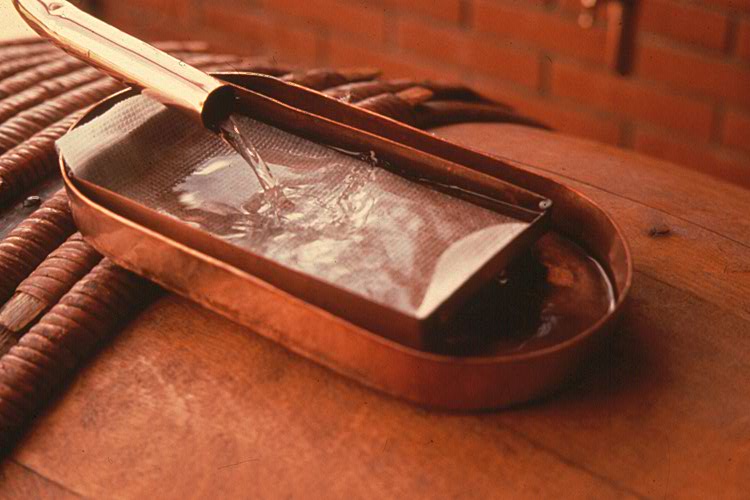
Image from BNIC Encyclopedia, http://www.pediacognac.com
Something that is also overlooked is how sourcing can be beneficial to the environment. A wonderful example is to look at Rémy Martin. Over the last 10 years, they have been working closely with the Ministry of Agriculture and Food to introduce the High Environmental Value (HEV) certification process into the region. The HEV is basically a certification process (levels 1-3) that aims to promote and encourage environmentally friendly farming practices. According to their website, they focus on four main areas of agriculture: biodiversity conservation, plant protection strategy, management of fertilizer use and management of water. Rémy Martin buys all their eau-de-vie from a cooperative called the Alliance Fine Champagne. With Rémy’s help, as of 2020 they’ve been able to get everyone in the cooperative at some level of the HEV certification and by 2022 half of them will be at level three, the highest certification attainable. Hennessy is also doing something similar, trying to get all the farmers who provide them with eau-de-vie away from using pesticides and focusing more on ecofriendly farming methods. Somewhere down the line they’ll most likely require anyone selling to them to adhere to their new rules. While this isn’t an organic certification, it’s moving the bar towards a more sustainable future.
Of course, just telling you to farm a specific way doesn’t help, but both houses are actively trying to teach them how to do it better and offering assistance as best they can. A lot of these Bouilleur de Cru might not have had any intention to move towards this or even be able to if they wanted to without the help of these larger houses. In a world where global warming is a real issue and saving our environment is something we all need to get better at, this is a wonderful step in the right direction. And remember those giant warehouses we made up before that would have to hold all those stills if sourcing didn’t exist? Who would want to see those eye sores on the beautiful landscape of Cognac? Rolling hills covered in vines or big, rectangular structures lining the horizon? I vote for the rolling hills, please!
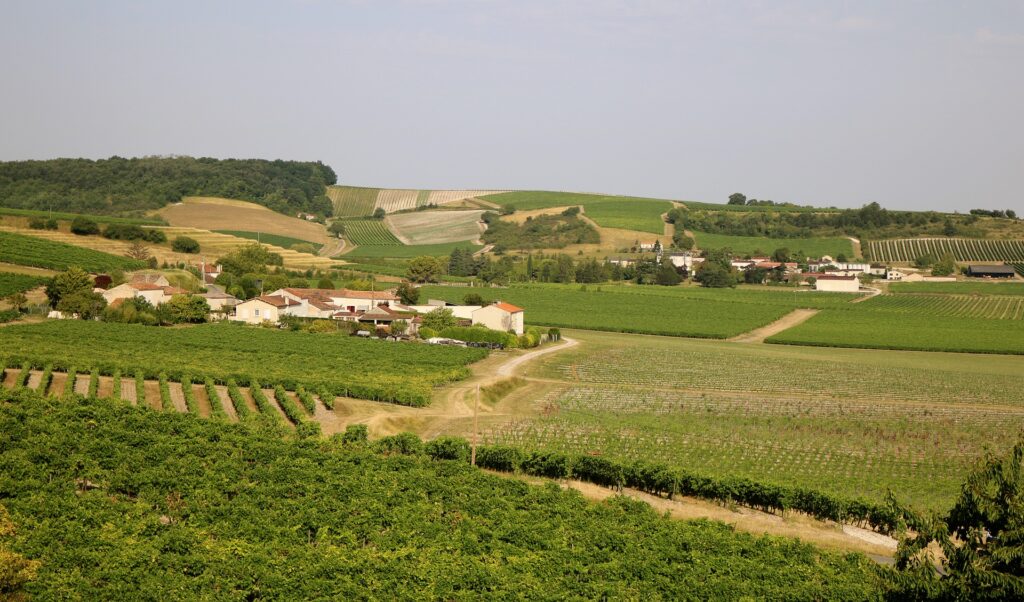
Let’s just go ahead and say it together. Sourcing isn’t bad when it’s done right. And Cognac sure does it in the best possible way. Maybe this is just an American issue. I could be way off base and no one in any other country cares about sourcing spirits like American’s seem to, but I think it’s important to touch on regardless. We should all be aware of the entire process for any products we enjoy to consume. If you’re one of those individuals who think sourcing is bad, cheating, or not authentic, I’m on your side a little bit if we’re discussing whiskey. But saying the same thing about sourcing in regards to Cognac is like comparing apples and oranges. They aren’t the same thing even if they sound like they are. Recently a colleague of mine made a comment about how “Brand X” is better than “Brand Y” because they don’t source their eau-de-vie. Imagine that. Someone writing off a Cognac producer because they purchase their eau-de-vie instead of making it themselves. I didn’t want to call them out in front of others, but it turns out that their preferred brand they were talking about absolutely does source almost all of their eau-de-vie. And you know what? There’s absolutely nothing wrong with that.

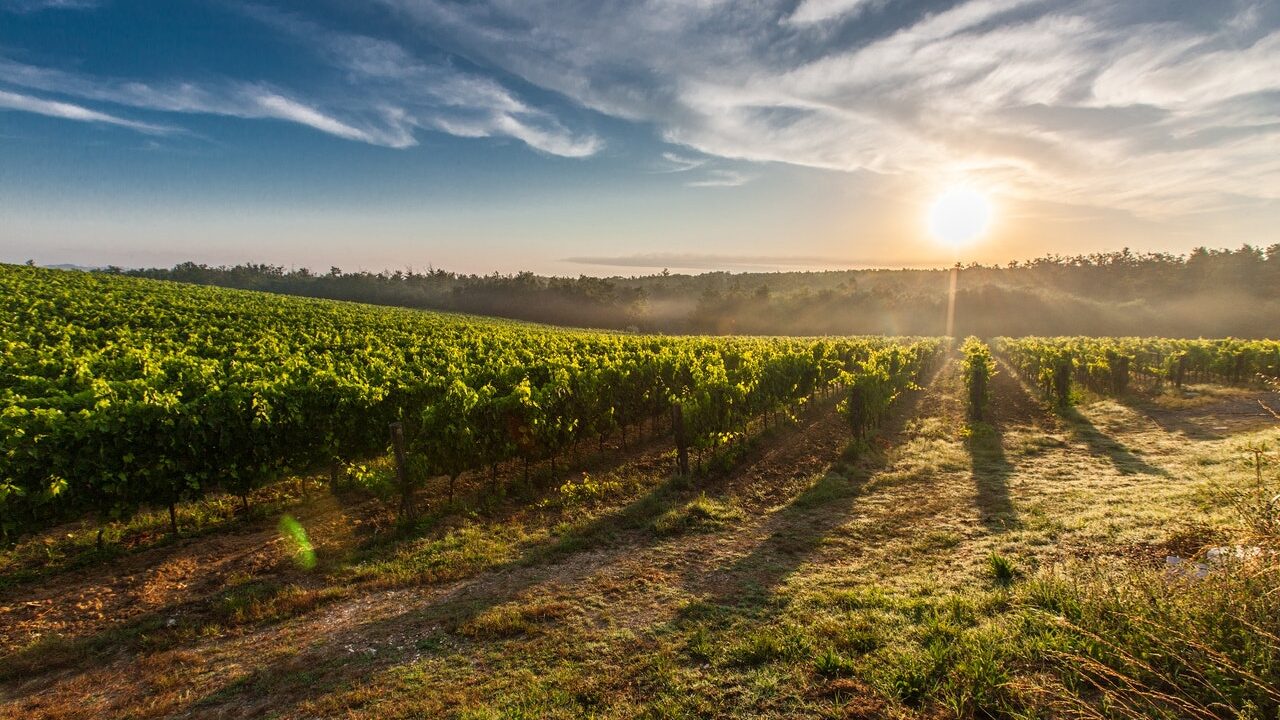
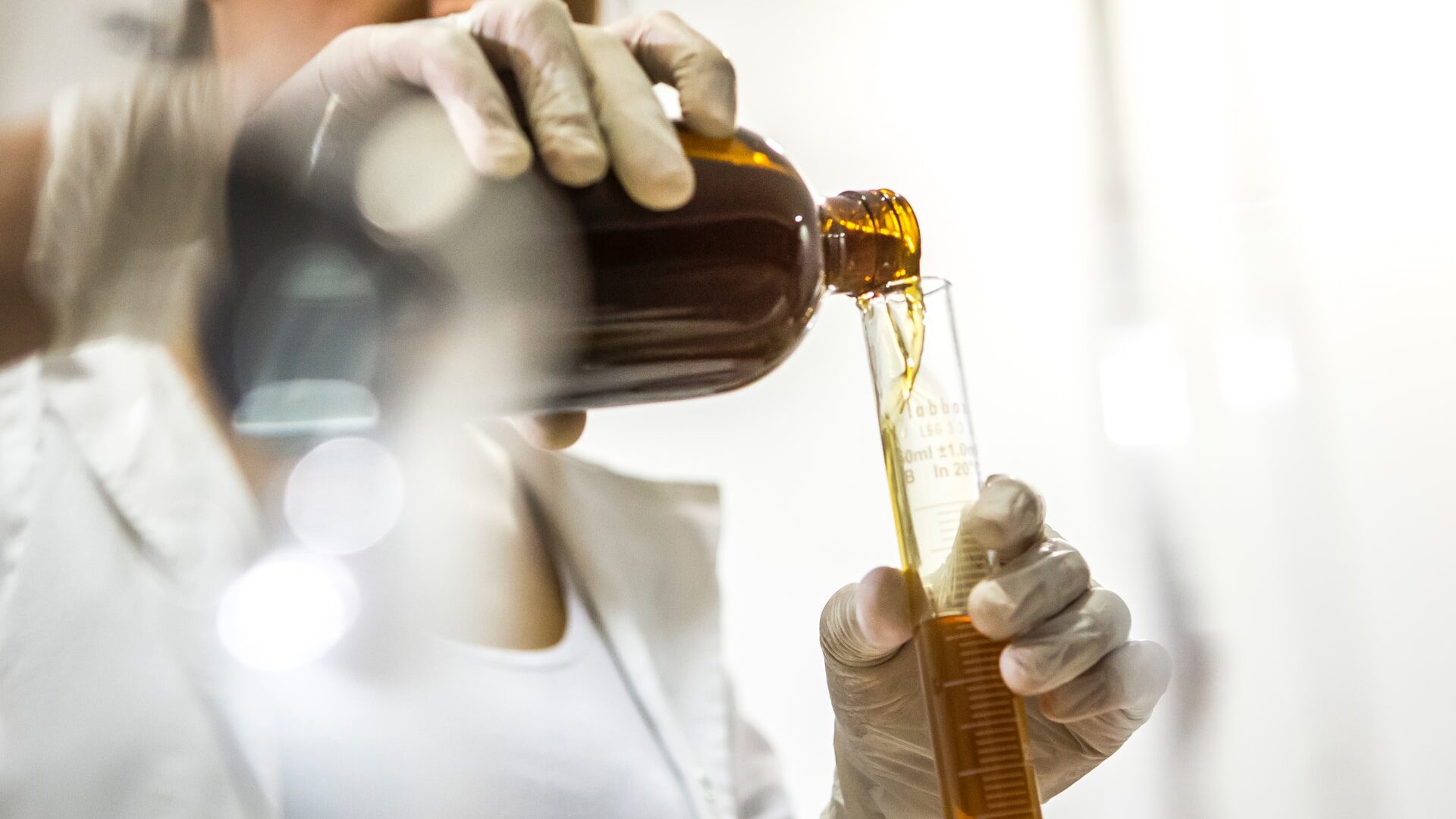

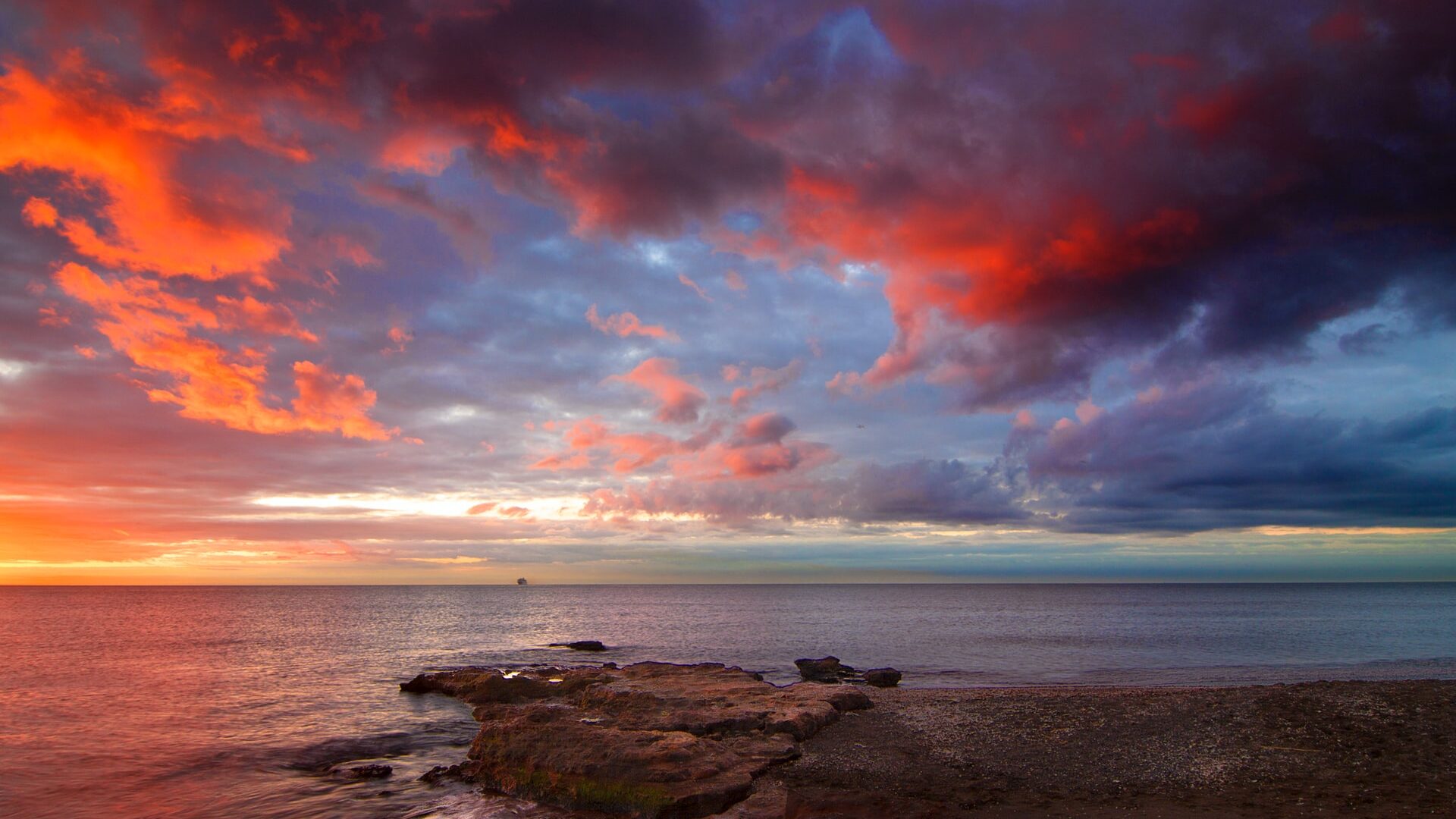
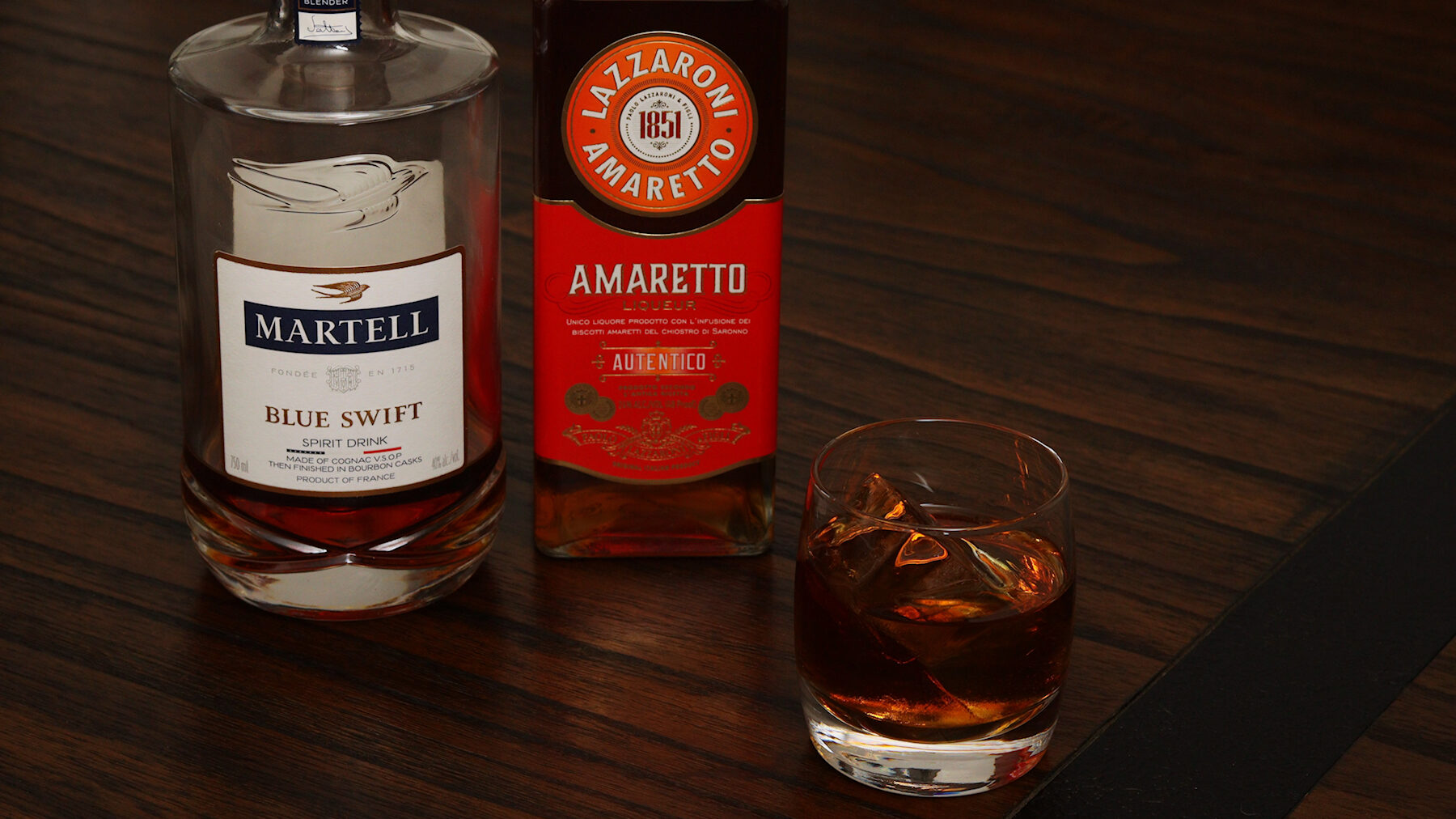
[…] from the adjoining cellars around their new property? As I’ve strongly stated before on Cognac Reverie, in no way does this lessen a brand. Much like in American whiskey production, spirit can be bought […]